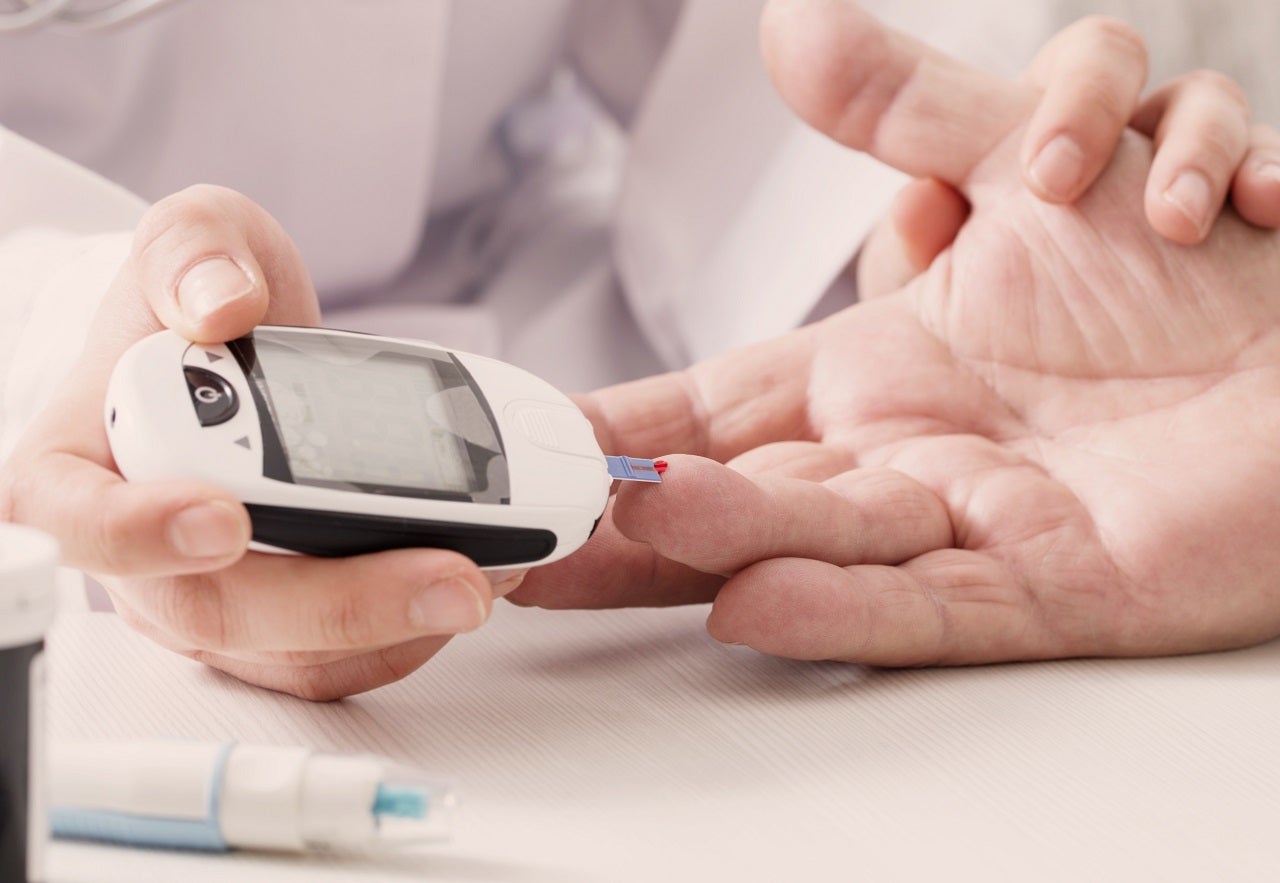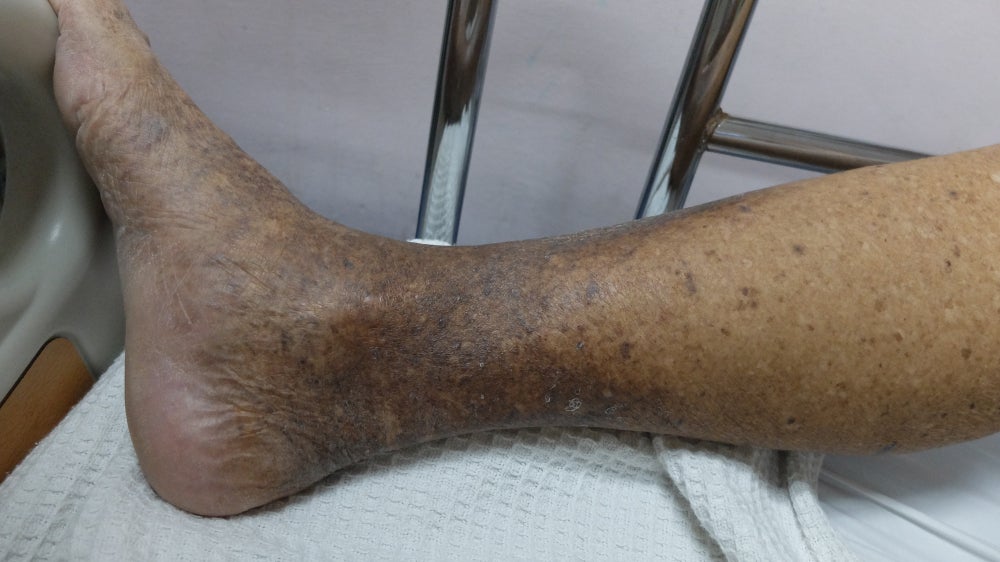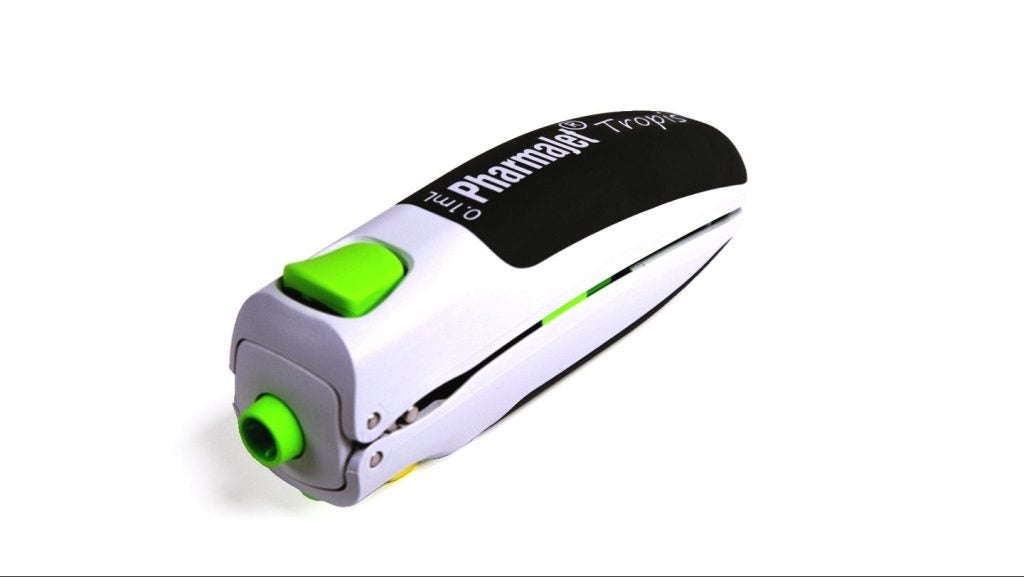
by William Newton in Texas.
Despite failing a Phase III trial for Alzheimer’s disease (AD), vTv Therapeutics’ azeliragon could have an improved chance of success in an ongoing Phase II and planned Phase III for patients with AD and type 2 diabetes. A Phase III posthoc analysis based on a potential biological connection between AD and diabetes could prove promising, though there has been a long history of unsuccessful therapeutic attempts to target mild-to-severe AD.
The posthoc analyses, which in this case examined a subset of the Phase III patients with mild AD and type 2 diabetes, can only be considered supportive. But, the finding of potential benefit across two endpoints gives the analysis added credibility.
Experts said the 18-month time period, potentially to be employed as a primary endpoint timeline in the planned Phase III portion of the trial, is sufficient for determining the impact of azeliragon on AD. But the 6-month time period, used in the primary endpoint of the ongoing Phase II trial, could be too short to distinguish the drug’s effect from the placebo. Additionally, the ADAScog scale, the only primary endpoint in the Phase II trial, is a less clinically meaningful result than the CDRsb endpoint. vTv plans to use CDRsb as a coprimary endpoint with ADAScog in the Phase III trial, said Aaron Burstein, PharmD, vTv senior vice president of clinical development.
Despite confidence in the endpoints for the planned Phase III portion, most experts were hesitant to predict positive results overall considering the long history of failed attempts to target AD once it becomes symptomatic and the uncertainty of whether RAGE-related inflammation, which azeliragon targets, is causal in the disease.
vTv’s 50-patient Phase II trial (NCT03980730) has results expected in June 2021, according to a 3 August company press release. Based on results from this trial, vTv hopes to trigger a larger Phase III study around the end of next year, Burstein said. A GlobalData consensus predicts peak sales of $644m in 2026. vTv has a market cap of $144m.
How well do you really know your competitors?
Access the most comprehensive Company Profiles on the market, powered by GlobalData. Save hours of research. Gain competitive edge.

Thank you!
Your download email will arrive shortly
Not ready to buy yet? Download a free sample
We are confident about the unique quality of our Company Profiles. However, we want you to make the most beneficial decision for your business, so we offer a free sample that you can download by submitting the below form
By GlobalDataPosthoc data lends some weight, but scepticism remains
By narrowing the patient population based on posthoc data analysis, vTv is raising the possibility of finding success, said Barry Greenberg, PhD, professor of neurology, Johns Hopkins University, Baltimore, Maryland. The 880-patient Phase III STEADFAST trial (NCT02080364) included any mild AD patients while the Phase II trial only includes the subset of this AD population with an HbA1c between 6.5% and 9.5%, according to ClinicalTrials.gov.
While George Perry, PhD, Semmes Foundation Distinguished University Chair in Neurobiology, University of Texas, San Antonio, said he is often sceptical of posthoc analyses, he and Dr Ann Marie Schmidt, professor, Department of Pathology, NYU Grossman School of Medicine, New York, agreed vTv’s analysis is more promising than many others. This was in part due to its demonstration of potential benefit in two endpoints when viewed in a narrower population than the original trial.
The subgroup analysis, which examined 55 patients with an HbA1c level of at least 6.5% from the Phase III study, focused on both Phase III primary endpoints, changes in ADAS-cog scale and changes in CDR-sb, according to an October 2018 company press release. When conducting the subgroup analysis on pooled data from both the A-Study and B-Study and comparing change from baseline at 12 months (B-Study was discontinued at 12 months), the azeliragon subgroup (n=33) demonstrated a 3.5-point benefit on ADAS-cog (p = 0.01) relative to the placebo group (n=22), and a 0.7-point benefit on CDR-sb (p = 0.24) relative to placebo. However, many posthoc analyses are engineered to find any form of slim statistical significance, which often fail to translate to real-world, clinical success, said Dr Giulio Pasinetti, chair of neurology, Icahn School of Medicine, Mount Sinai, New York.
vTv’s Phase II study is measuring the change from baseline in ADAS-cog14 scale at six months as a primary endpoint, and the planned Phase III portion is measuring the change from baseline in AGAScog14 and CDRsb at 18 months, Burstein. The 18-month timeframe in the tentative Phase III primary endpoints is sufficient for determining positive efficacy due to the treatment, Perry said. But the six-month time period used as the Phase II primary endpoint is short enough that the placebo effect of regular check-ins could muddy results, he added.
Because CDR-sb measures multiple aspects of lifestyle functionality in patients with AD, it is a more clinically meaningful endpoint than ADAS-cog14, which only measures cognitive decline, said Greenberg. ADAS-cog14 scores can be highly variable within and among patients, making CDR-sb the key endpoint for determining the meaningfulness of data from vTv’s trials, he added. The posthoc analysis suggests that the pattern and magnitude of numerical effect over time, in an adequately powered study for the CDR-sb endpoint, may allow for the potential demonstration of effects on it, a vTv spokesperson told this publication.
Because the study population is symptomatic patients with mild AD, it is well-designed to directly and accurately measure efficacy, Perry said. However, because mild cognitive impairment occurs toward the end of the process of degeneration, Pasinetti said he is sceptical of any azeliragon effects on patients with mild AD because the progression would be too late for therapy to be disease-modifying. Around 65% of Alzheimer’s risk factors are preventable before the disease begins to manifest, and there have not been any successful disease-modifying treatments developed for patients with AD, he added.
Patients with HbA1c levels above 7.7% were not permitted in the original Phase III study, but the upcoming Phase II will include patients with HbA1c levels between 6.5% and 9.5%, according to ClinicalTrials.gov. While experts could not predict how the inclusion of patients with HbA1c levels between 7.7% and 9.5% would affect the Phase II trials results, Greenberg added that, in some cases, advanced diabetes can make it more difficult to achieve a response. The posthoc analyses from the STEADFAST study suggest that azeliragon may potentially be effective for the treatment of patients with mild AD and diabetes, the spokesperson said.
The Phase III trial was terminated due to efficacy and not safety. In the subgroup analysis, 7 of the 34 patients in the treatment group, compared to 5 out of 23 in the placebo, had any serious adverse event (AE), and one patient in each group had a treatment-emergent AE leading to discontinuation, according to the October 2018 company poster.
Mechanistic connection draws encouragement, with caveats
Perry and Schmidt said the possible biological connection between AD and type 2 diabetes draws cautious optimism. Azeliragon inhibits the receptor for advanced glycation end product (RAGE), which is responsible for binding advanced glycation end products (AGEs). RAGE is expressed in critical cell types implicated in the pathology and psychology of AD, including neurons and supporting cells, said Schmidt.
Hyperglycemia, a common complication of type 2 diabetes, can also drive RAGE expression, leading to a cascade of inflammation that cannot be reversed due to natural processes, said Schmidt and Pasinetti.
The subgroup analysis of azeliragon found that HbA1c could be an effective biomarker for predicting drug response. While HbA1c is a plausible biomarker for azeliragon response based on the correlation between RAGE and diabetes, there has been no proven causal relationship between RAGE and diabetes or AD, said Perry. Additionally, RAGE association is not unique to diabetes and could apply to any patient with metabolic syndrome, Pasinetti said.
“While there may be no proven causal relationship between RAGE and AD, the experimental, nonclinical data strongly support the role of activation of the RAGE receptor in mediating orthogonal underlying biologic and pathologic events associated with Alzheimer’s disease,” the vTv spokesperson said. “The identification of a subgroup of patients with Alzheimer’s disease and diabetes, using glycosylated hemoglobin (HbA1c), identifies a population with increases in AGEs, anticipated to have increased RAGE expression, and thus have expression of the target upon which azeliragon may act as an antagonist.”
William Newton is a Reporter for Clinical Trials Arena parent company GlobalData’s investigative journalism team. A version of this article originally appeared on the Insights module of GlobalData’s Pharmaceutical Intelligence Center. To access more articles like this, visit GlobalData.









Related Company Profiles
NYU Grossman School of Medicine
Insights Co Ltd
Icahn School of Medicine
Steadfast, Inc.
VTV